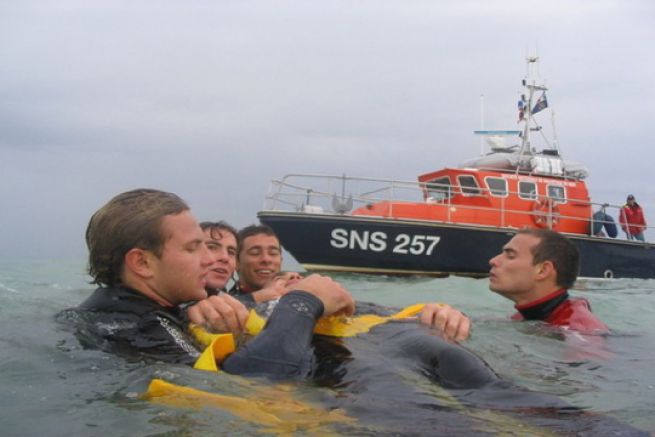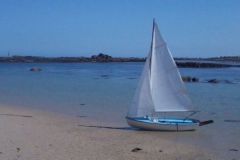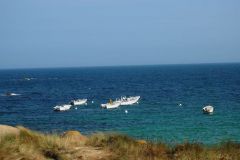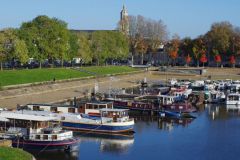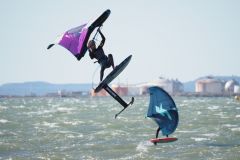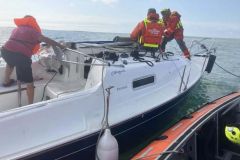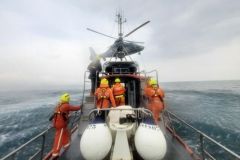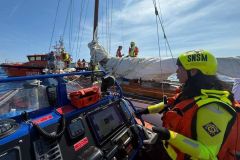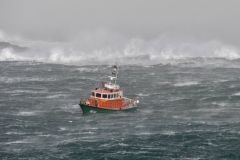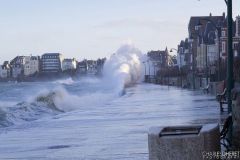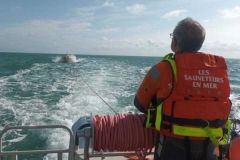Xavier de la Gorce, president re-elected for five years
When he was elected last September to take the place of his predecessor who resigned, Xavier de la Gorce had announced his intention to put his title on the line at the next General Assembly. This took place on May 23, and in the absence of competition, he was confirmed as President of the SNSM. Presenting his moral report to the General Assembly, the new president asked " a vote of confidence ". His program having been unanimously adopted, it is therefore with full legitimacy that he continues to preside over the SNSM.
The Board of Directors will be partly renewed since one third of the elected members of the SNSM Board of Directors had their mandate expire this year. 16 candidates presented themselves and 9 were chosen, last May 16, by a secret vote, to be elected or not, by the vote of the assembly.
A strong program to drive the SNSM
Xavier de la Gorce presented his new program for the next five years and was keen to clarify several areas of uncertainty, particularly concerning assistance to property.
Investing in the training of volunteers, especially rescuers
The SNSM relies on many volunteers, especially the rescuers. It is therefore important to give them the necessary qualification and recognition in order not to weaken their commitment. The training of rescuers is therefore a major issue in the years to come. In 2013, the Pôle National de Formation (PNF) in Saint-Nazaire set up 39 courses for 505 trainees, 12 working groups and 13 training reference systems. In order to homogenize the qualifications of rescuers, it is therefore necessary to intensify training.
Keeping SNSM's financial situation afloat
The SNSM's financing relies mostly on public donations, up to 75%. Despite an increasing number of donors, of which there are now more than 70,000, the figure remains low compared to the population of 4 million boaters. Not to mention the 500,000 boat spaces in the harbors. We must therefore continue in this direction and focus on this target. Furthermore, following the announced suppression of the general clause of competence of local authorities, it is 3 million euros of subsidies which risk disappearing, it is thus important "to identify now the legal and financial mechanism that will allow the SNSM to continue to receive the subsidies that are essential to it" .
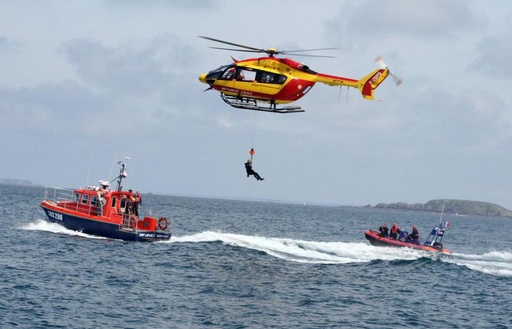
Renew existing equipment to adapt to new practices and behaviors
With new practices and behaviors, rescuers are taking more risks. It is therefore important to respond to the evolution of rescue at sea and to propose action plans on "the deployment of the fleet and infrastructures while taking into account the evolution of the rescue operations and thus the needs in nautical means but also the nature and the available resources" .
New CTTs will also be able to replace the old models, dating from 1980 for the Île de Sein, 86 for Les Sables d'Olonne and 87 for Sète, all of which are reaching the end of their life. A new contract should be signed with SIBIRIL in the coming weeks and a first delivery should be made in 2015 for the Île de Sein.
Finally, a new shipyard will be opened in Saint-Malo to replace CERO, and will focus on fleet maintenance and repair. In the Mediterranean, and particularly in Palavas, the focus will be on logistics.
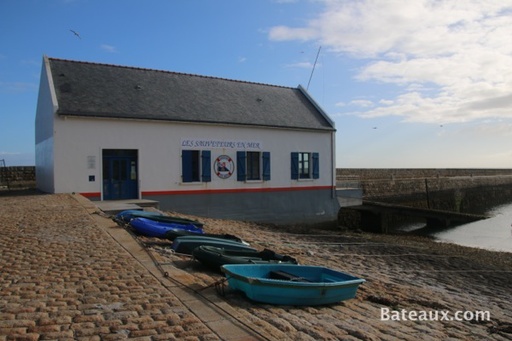
Redefine asset assistance policy for greater transparency
This fall, the Navy Commissioner General (2S), Olivier Laurens, conducted a study on property assistance and provided his conclusions. The SNSM's mission is to intervene in the rescue of property through its activity of safeguarding human life and preventing general safety at sea. Mandated by the CROSS (Centre Régional Opérationnel de Surveillance et de Sauvetage), the SNSM carries out this mission without making any profit, as it is an ancillary operation to its main activity. The rate is therefore set at cost price on a flat rate basis. In 2013, the French Court of Auditors requested that the SNSM's fee schedule be updated for greater transparency. This grid is being finalized and corresponds to the real reimbursements of the expenses incurred by the rescuers (diesel/amortization of the boat used). It will be distributed soon to the stations. Moreover, the SNSM is waiting for the conclusions of the report of the Ministry in charge of the sea on this subject.
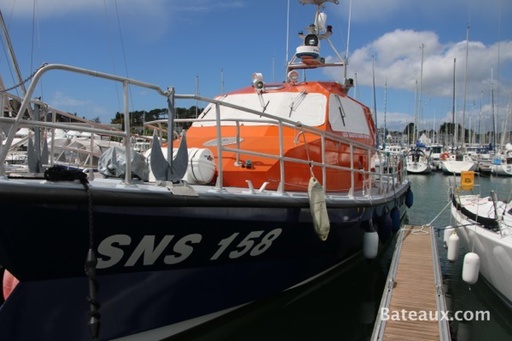

 /
/ 